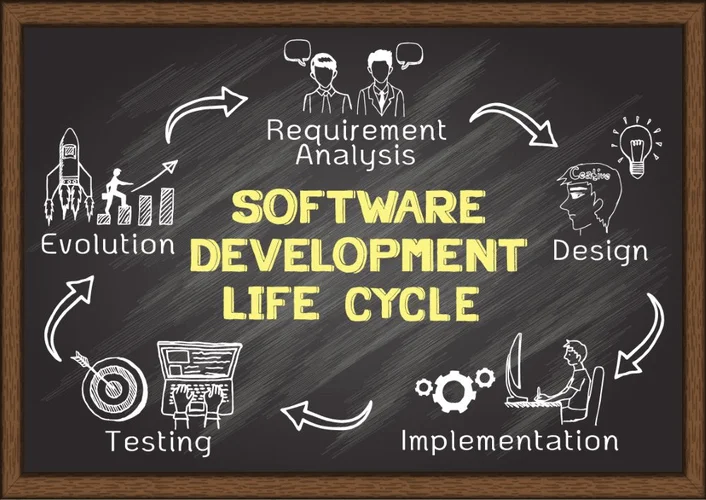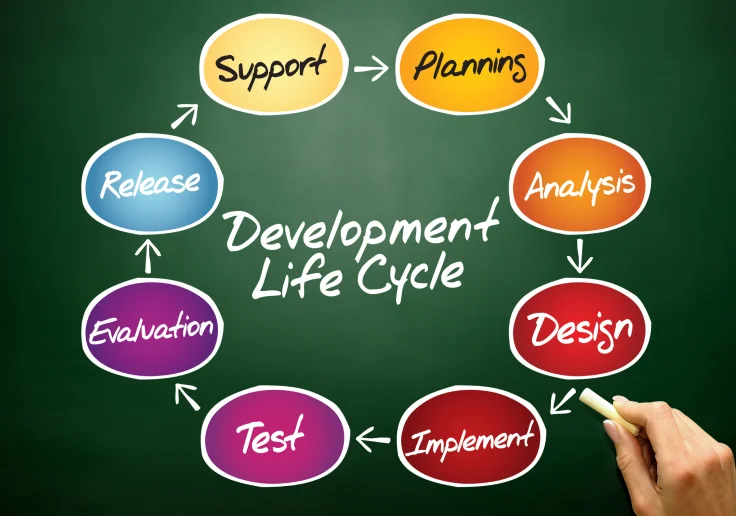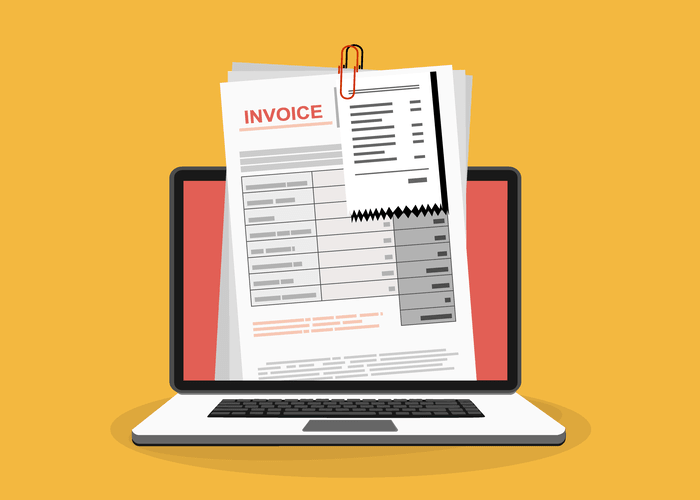What’s A Hybrid Integration Platform Hip?
Adeptia’s API-led approach makes integration seamless throughout cloud, on-prem, and hybrid environments. Its versatile structure supports integrations wherever knowledge resides, while allowing prospects to leverage APIs and modern integration methods. Clients use Adeptia to devour third-party APIs, build integrations on top of APIs, and expose their very own inside providers as APIs for frictionless ecosystem connectivity. In the age of digital transformation, customer experience is more important than ever. Organizations throughout sectors are embracing hybrid integration platforms to enhance their customer expertise initiatives. As customer preferences evolve, HIPs enable them to attach with prospects throughout channels, gadgets, and companies, creating a seamless journey.

And it may be for the long term as a outcome of there are heaps of good causes – such as safety and compliance issues – why organizations don’t need sure knowledge within the cloud. Provide chain operations often involve a quantity of systems—procurement, stock management, logistics, and financials—across numerous regions and enterprise models. Managing information across these methods could be complex, especially when they are distributed across each on-premises and cloud environments. A HIP may help streamline supply chain processes by integrating all of these systems, making certain that information is consistent and correct throughout the board. You could additionally be conversant in traditional integration instruments, corresponding to Enterprise Service Buses (ESBs) or point-to-point integrations, which were typically used to attach systems within a single knowledge heart or enterprise surroundings. Whereas these tools had been adequate up to now, the rise of cloud computing, SaaS applications, and distant workforces has dramatically altered the combination landscape.
Judging by the enterprise integration market at present, the analyst agency wasn’t far off the mark, with enterprises prioritizing integration to support important enterprise aims. With hybrid cloud integration, monitoring and administration are standardized throughout all platforms. Administration is simplified for developers and designers, with a centralized mannequin applied across the whole operation. Hybrid integration platforms scale back the amount of improvement time needed to get applications to work together. With time-saving practices such as low-code and drag-and-drop capabilities, much less time-consuming improvement, allowing builders and designers to concentrate on digital transformation initiatives versus piecemeal coding duties. Given its innate scalability, hybrid integration accelerates growth, which in turn increases revenue.
What’s A Hybrid Integration Platform? A Complete Overview
Trendy hybrid integration platforms often embrace strong API administration capabilities. This permits organizations to create, publish, secure, and monitor APIs, which are critical for enabling communication between completely different techniques and exposing functionality to exterior companions or prospects. A hybrid integration platform supports a variety of integration eventualities https://www.globalcloudteam.com/, including application-to-application (A2A), business-to-business (B2B), and knowledge integration. This versatility allows organizations to connect different methods, regardless of their location or technology stack.
- A hybrid integration platform (HIP) should be thought of when an organization needs to integrate legacy on-premises systems with new cloud-based functions.
- Enterprise leaders are constantly in search of new methods to transform their organizations through the use of technology and data to drive innovation and business results.
- Companies acquire automated data transformation, instant insights, and detailed monitoring capabilities.
- From design to deployment, HIPs supply highly effective capabilities and sources to automate workflows, streamline utility administration, and velocity up time to market.
- Alternatively, on-premises methods are simply modified to swimsuit the precise needs of the organization.
- Judging by the enterprise integration market today, the analyst agency wasn’t far off the mark, with enterprises prioritizing integration to support critical business objectives.
With excessive knowledge transfer rates, more advanced tasks can be performed over the community. The combined best-of-breed choice helps enterprises to fulfill all their outlined requirements and utilize the best product for the precise want. In the absence of integration, your workers are compelled to hop between purposes simply to reenter info. This is not solely tedious and unsightly to carry out however also can result in consequential errors, from invoicing clients the incorrect quantity to provisioning the inaccurate set of apps for brand new hires.
However the instances of ‘fat’ API Supervisor (APIM) and Enterprise Service Buses (ESB) and underlying monolithic techniques Mobile app are disappearing within the rearview mirror. Hybrid cloud options are the most future-proof, modern, and scalable choices out there. That’s as a outcome of they don’t rely on hardware, meaning they can’t fail because of faulty tools.
Some options or capabilities shall be duplicated throughout offerings from multiple distributors, whereas others trendy integration capabilities, like event streaming or high-speed data transfer, are ignored. From established on-premises techniques to newly adopted software-as-a-service (SaaS) functions, integration is a crucial, yet increasingly sophisticated, step toward digital enterprise transformation. Deployment Models – Hybrid integration has typically been defined as integration of on-premises and cloud deployment but with the elevated adoption of IoT gadgets, this new environment should be included too.
Defining Hybrid Integration Platforms: An Outline

Additionally, they can offload non-critical workloads to the cloud, freeing up on-premises assets for mission-critical tasks. The capability to integrate applications and IT methods each time possible helps these companies run their operations more effectively. Nonetheless, integrating these systems and purposes in a fancy digital ecosystem often requires unique tools, techniques, and options. The information supplies a structured method to IT outsourcing, covering vendor selection, contract negotiation, danger mitigation, and performance measurement. It highlights key outsourcing benefits, widespread challenges, and best practices for managing multi-vendor environments. It additionally emphasizes the position of automation and integration, significantly by way of ONEiO, to streamline IT service administration.
Conversely, legacy techniques hinder growth, resulting in higher alternative prices. Enterprises might select between cloud and on-premises storage models to assist control costs. Edge computing and different advances save critical processing time, enhancing speed throughout the complete enterprise. When the corporate should expand or modify its expertise infrastructure to support a new enterprise opportunity, it must invest important time and sources to render the change. Hybrid integration platforms and integration strategies help coexistence of all techniques, enabling the agility and resilience central to the well being of the business. They can distribute workloads effectively between on-premises and cloud environments based on resource availability and efficiency necessities.
You can simply build connections using drag-and-drop performance and safe data in accordance with GDPR. Azure hybrid integration platform is an ideal way to optimize your current assets and build a connected enterprise. In the age of digital transformation, completely different rising services (on-premises, cloud-based, IoT, and so on.) result in a extra heterogeneous IT architecture. All of those companies supply business advantages, and a company can rarely choose just one path, e.g. completely transfer to the cloud or retain a 100 percent local hardware.
The less complicated the mixing process is, the better—seamless integration is the end aim, in spite of everything. Earlier Than you can start optimizing your hybrid approach, you must take the time to create it. Think About the hybrid cloud approach from as many angles as you possibly can, ensuring hybrid integration platform it’s realistic, attainable, and efficient for your corporation.






